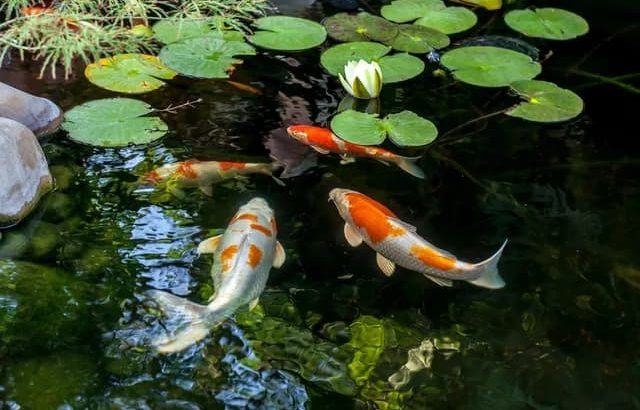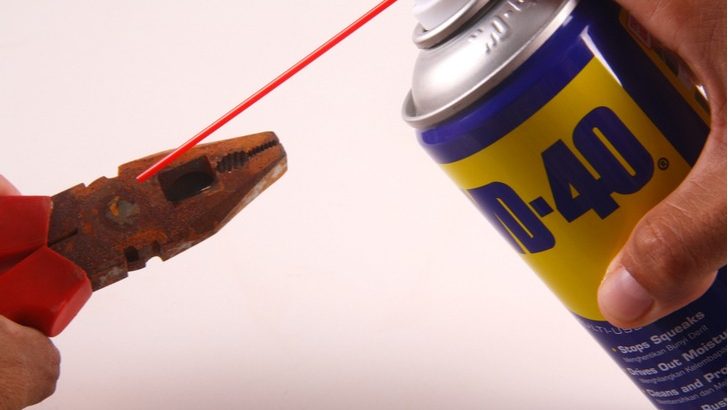The first handicrafts of clay were made by man already in the Stone Age. The oldest dishes were made by hands. Its shape was not perfect. Such products served only for practical purposes.
At a certain stage, a pottery wheel was invented. Now we don’t know exactly when it happened.
Thousands of years passed before the pottery wheel evolved to its present form. Now it’s not a primitive leg-drive device, it’s a complete high-tech machine. The quality and thoughtfulness of which depends on how the human hand can realize its fantasies in the clay.
A passion for pottery is gaining in scope. Many people are interested in the history of this ancient craft and increasingly want to try to create their own ceramics. There is a share of romanticism and mystery in this whole process. The creation process is mesmerizing. Just that it was a shapeless piece of material, and after a while it was already a work of art. Or a beautiful handicraft. Who’s gonna do it.
The choice of pottery wheels
Now the best pottery wheel is bought not only for workshops, studios and production facilities, but also for home. How to choose the right pottery wheel? And what’s worth paying attention to:
The level of your skill
There are different types of wheels. Some for beginners and others for professionals. You don’t have to overpay if you’re just starting to learn this craft.
The price
Flowing out of the first. The cost of a home machine is many times lower than professional equipment.
The quality of production
This includes: materials from which the pottery wheel is made, the quality of components, the level of assembly.
Manufacturer.
How long has this production on the market. This is a very important parameter. If the company has been economically successful in this area for many decades, then the consumer is satisfied with the products and buys them. But it is not only the time of work in the market that determines the manufacturer. It is important that people want to make their product better and hear their customers, rather than riveting the same thing for years without change. Feedback from satisfied customers, a good indicator. The ability to contact the manufacturer will be a definite plus.
How to choose a pottery wheel?
Comfort
How comfortable you are at work will affect the end result. The potter’s wheel should have different adjustments for maximum range of settings for each person. Try to choose a potter’s wheel for your personal convenience and practicality.
Place for a water tank
Not all models have a free surface on which to place a bowl of water.
The height of the edge.
A small height or no edge at all will cause the clay to fall to the floor.
Engine type
There are three types of electric motors:
- The first is a brushless DC motor. The drive is driven directly to the wheel. Suitable for professional work. Almost silent, reliable, high smooth running.
- The second type is an asynchronous motor. Brushless AC motor. Also quiet enough. Wheel’s speed is controlled by belt drive, flywheel or microcontroller. Very reliable.
- The third is the collector motor. AC brush motor. The rotation speed is adjustable via a belt. Quiet enough and lower than previous types of service life.
Size
A small pottery wheel can be placed in any room of the house. Larger items are suitable for your own workshop, or for equipping clay moulding classes and studios.
Security
All moving parts must be covered by the frame.
Which wheel to choose?
A pottery wheel to choose from. Let’s look at a few manufacturers.
Two market leaders today Shimpo and Rohde. Company Shimpo occupies 80 % of all market. The country the manufacturer Japan. Produces many models of pottery wheels and related equipment. On many parameters is a reference point for others. It is possible to allocate only two minuses: the price and appearance. But here everyone has different preferences.
Shimpo wheels
Rohde is a less popular brand on the Russian market. Country producer Germany. In their, though a small model range there are machines for different consumers with different needs. It is possible to remove the product together with the disc. The only disadvantage is the higher cost compared to competitors.


